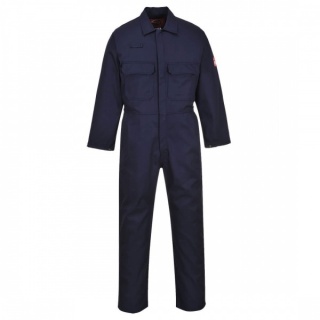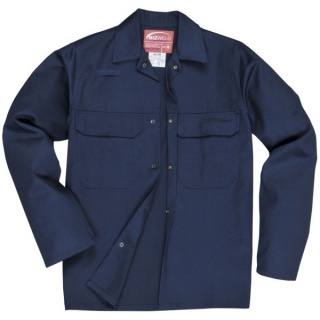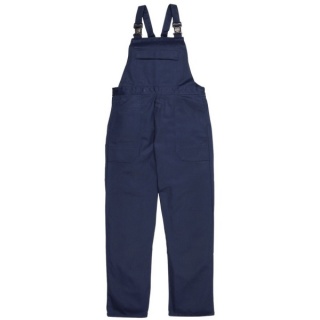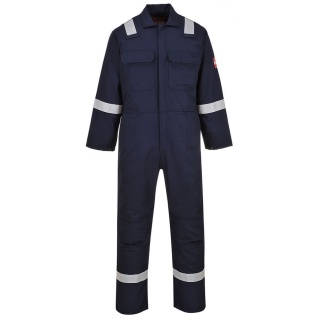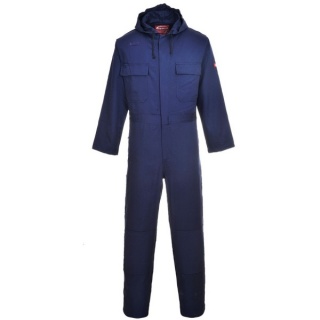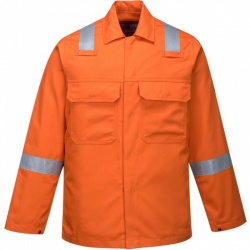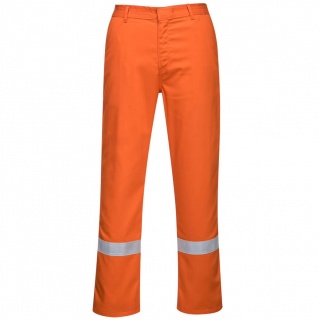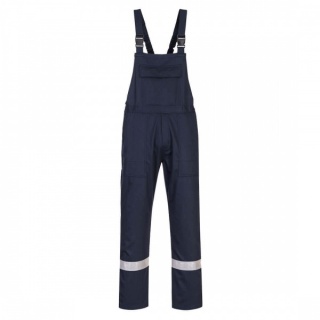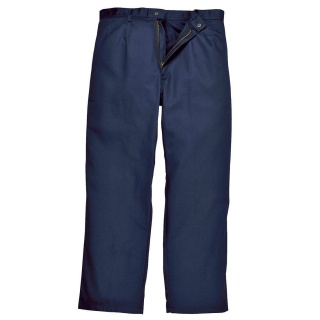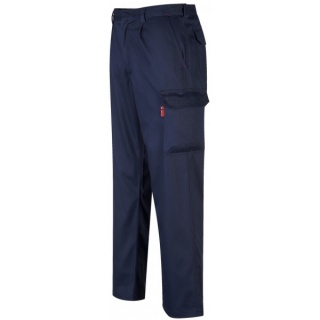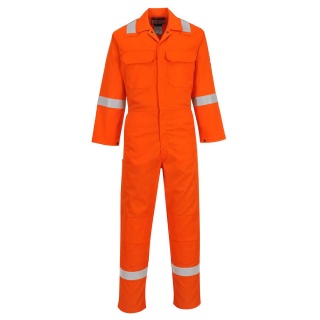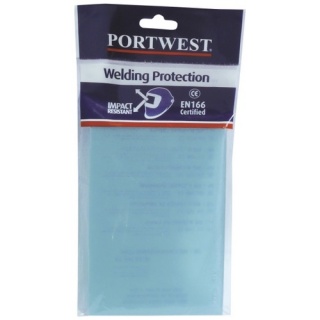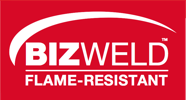 Portwest Biz-Weld Flame-Resistant
Portwest Biz-Weld Flame-Resistant
Designed to give maximum protection and comfort to the wearer, the Bizweld™ sleeves will provide protection in hazardous conditions. The elasticated cuffs ensure a flexible but comfortable fit. Must be worn with a suitable coverall or jacket/trouser combination.
ONE SIZE ONLY
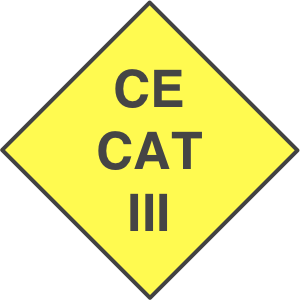


Product Technical Information
Standards
- EN ISO 11612 A1+A2, B1, C1, E2, F1
- EN ISO 11611 Class 1 A1+A2
- ASTM F1959/F1959M-12 ATPV 11.2 CAL/CM2 (HAF = 80.4%)
Washcare
Documentation
EN ISO 11612:2008
Protective Clothing Against Heat and Flame
The Performance requirements set out in this international standard are applicable to garment, which could be worn for a wide range of end uses, where the is a need for clothing with limited flame spread properties and where the used can be exposed to radiant, convective or contact heat or molton metal splashes.
This test uses standard methods and conditions to predict the performance of fabric/garment in the event of contact with heat or flames. Garment features such as seams, closures and logos must be tested as well as the fabric. Tests must be carried out on pre=treated components according to the manufacturers care label.
Specific Testing is listed below:
- Dimensional Charge
- Limited Flame Spread (A1+A2)*
- Convective Heat (B) – 3 Levels
- Radiant Heat (C) - 4 Levels
- Molten Aluminium Splash (D) – 3 Levels
- Molten Iron Splash E - 3 Levels
- Contact Heat (F) – 3 Levels (Temp 250 Degrees Celcius)
- Heat Resistance at a temperature of 180 Degrees Celcius
- Tensile Strength Must meet a minimum of 300N
- Tear Strength must meet a minimum of 15N
- Bursting Strength
- Seam Strength
Garment Design requires that coverage must be provided from the neck to the wrist and to the ankles.
Optional Testing includes water vapour resistance and manikin testing for overall burn prediction.
*This test must be carried out on fabric and seams.
EN ISO 11611: 2007
Protective Clothing for Use in Welding and Allied Processes
The International standard specifies minimum basic safety requirements and test methods for protective clothing for use in welding and allied processes (Excluding Hand Protection).
The International Standard Specifies two classes with specific performance requirements:
Class 1 is protection against less hazardous welding techniques and situations causing lower levels of spatter and radiant heat.
Class 2 is protection against more hazardous welding techniques and situations causing higher levels of spatter and radiant heat.
EN ISO 11611 requires that protective suits completely cover the upper and lower torso, neck, arms and legs. There are a number of other design requirements which must be followed to prevent molten droplets lodging anywhere on the garment.
Testing must be carried out on pre-treated components according to the manufacturers care label.
- Tensile Strength (must meet a minimum of 400N)
- Tear Strength (Must meet a minimum of 20N)
- Bursting Strength
- Seam Strength
- Dimensional Charge
- Requirements of Leather
- Limited Flame Spread (A1+A2)*
- Molten Droplets
- Heat Transfer (Radiation)
- Electrical Resistance
*This test must be carried out on the fabric and seams.
